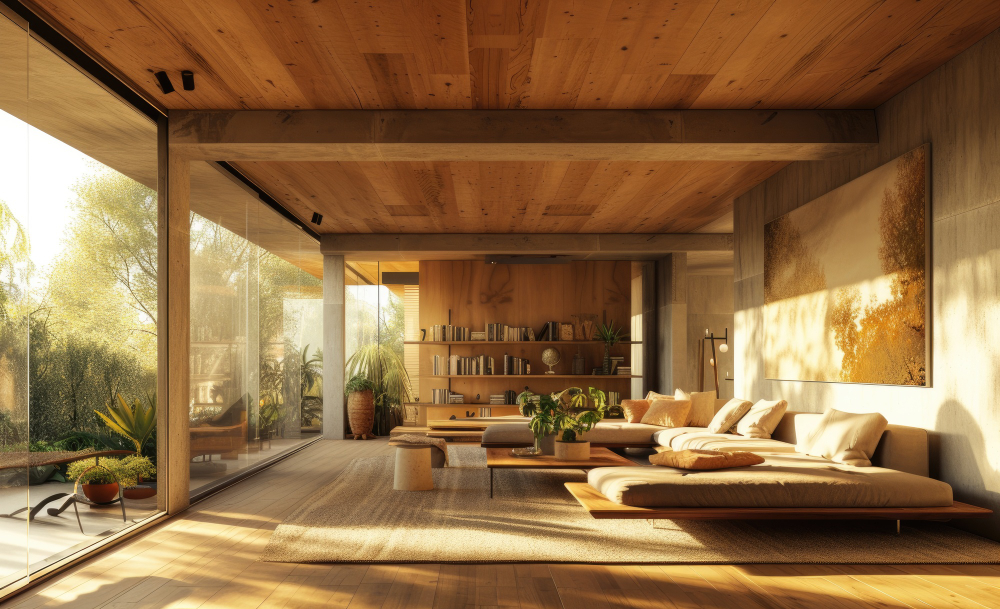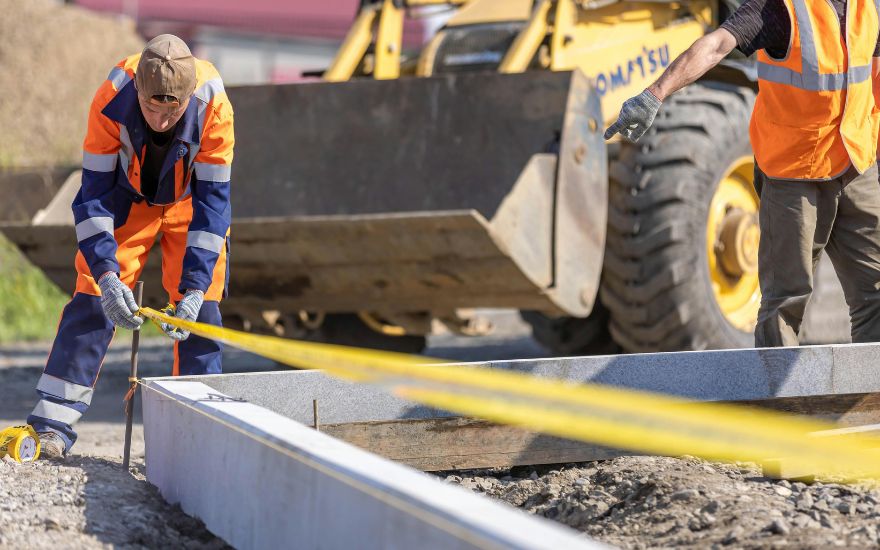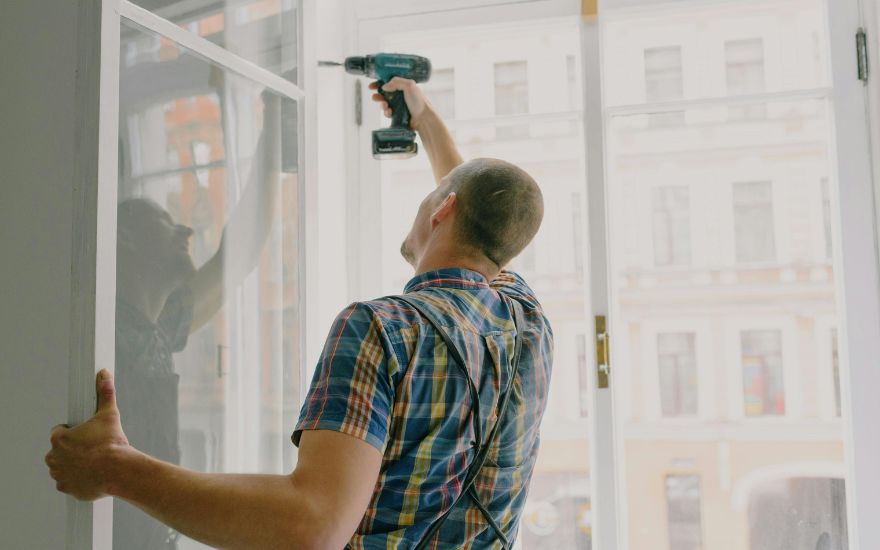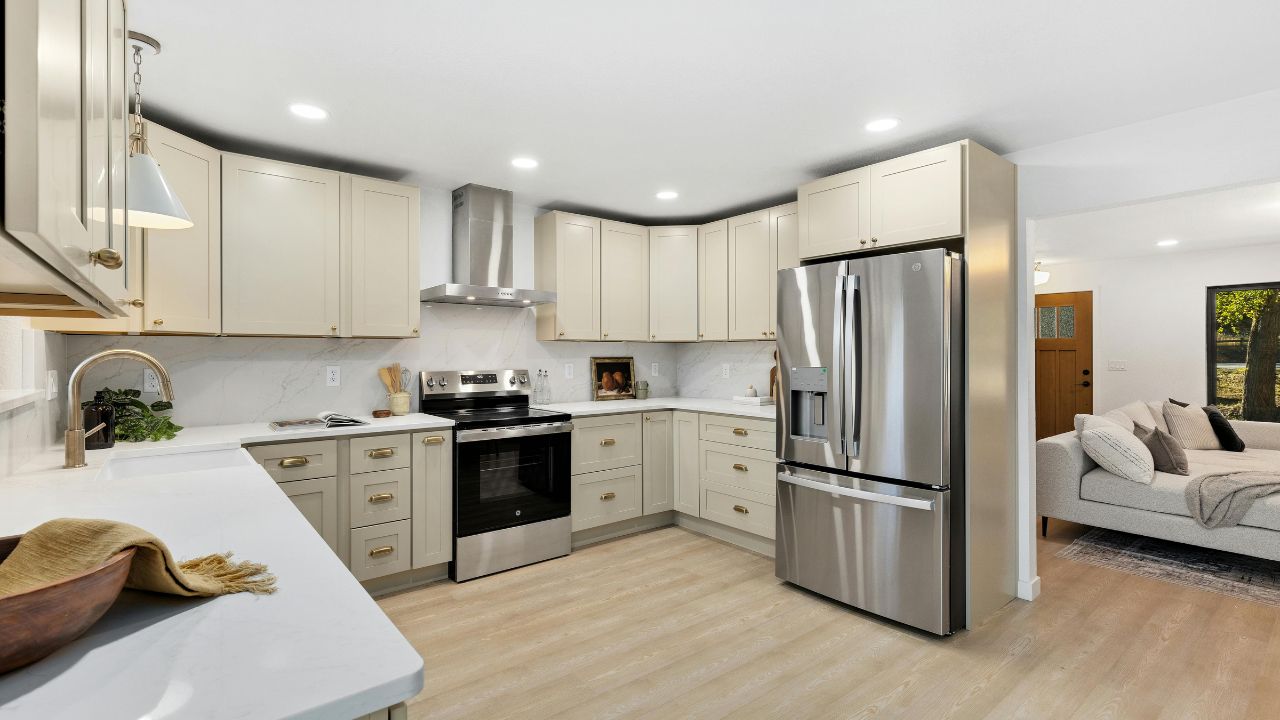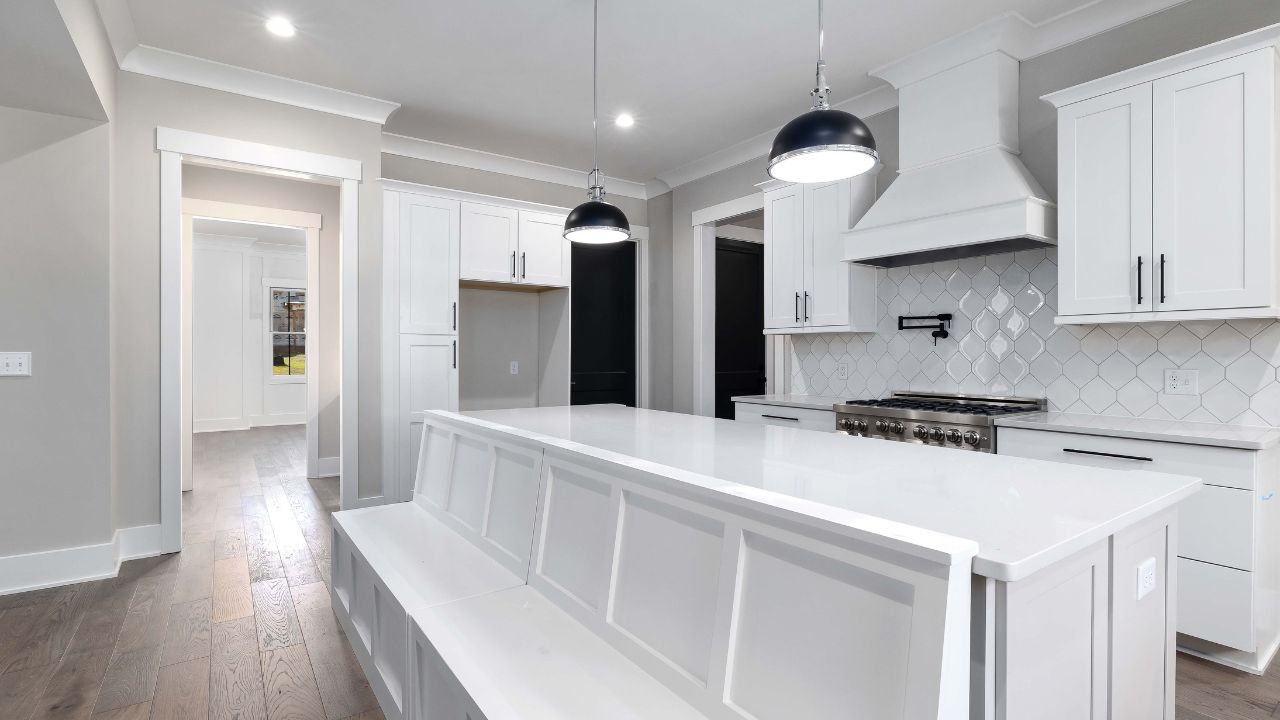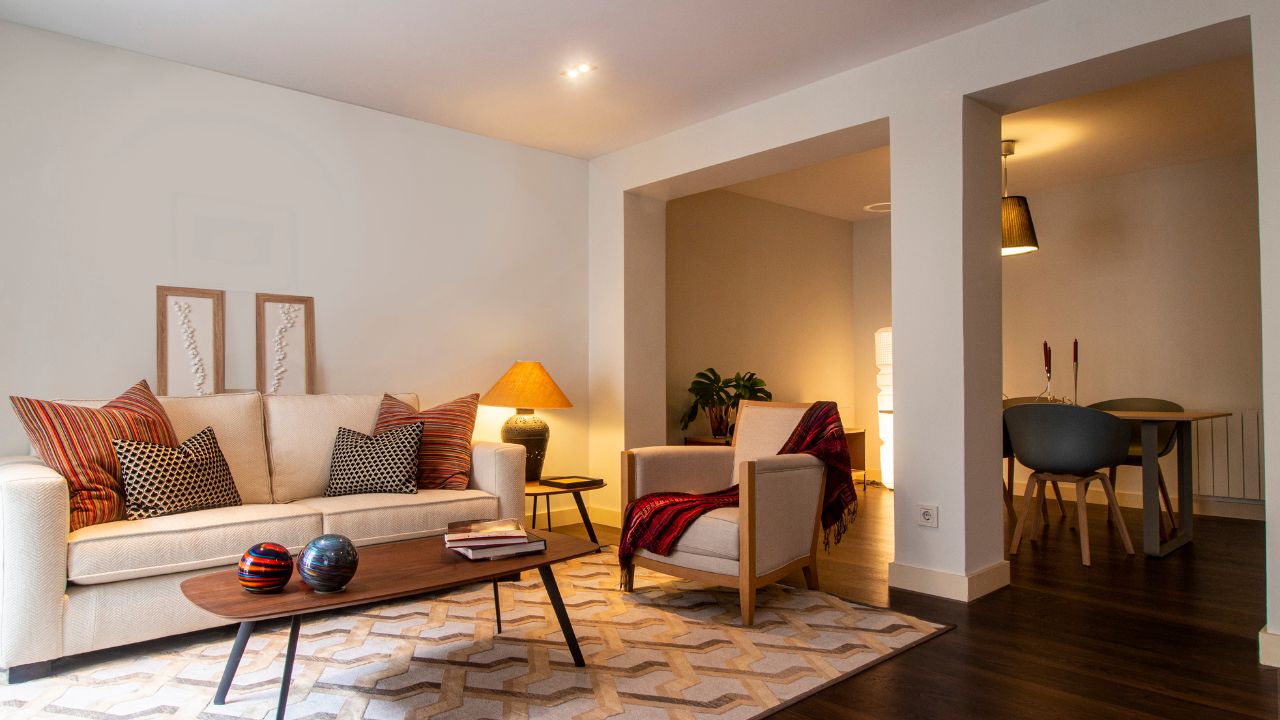How to Choose the Right Interior Designer for Your House
Choosing the right interior designer can transform your home into a space that reflects your personality, lifestyle, and aspirations. Whether you’re planning a complete renovation or a subtle makeover, the designer you select will play a pivotal role in bringing your vision to life. With so many professionals in the market, knowing where to start can feel overwhelming. This is where a clear set of guidelines can help you navigate the selection process with confidence.
In this blog, we’ll outline the most important steps to take when selecting an interior designer for your home. From assessing design styles to evaluating credentials, you’ll gain the insights you need to make an informed choice. If you’re ready to start your journey toward a beautifully designed home, explore the design expertise available at CozyCasa.
Things to Know Before Hiring an Interior Designer
Before diving into consultations and contracts, it’s important to understand the role of an interior designer and how their expertise can shape your project. Interior design is more than just selecting furniture or colors—it’s about creating a cohesive, functional, and aesthetically pleasing environment that aligns with your needs and budget.
This section covers the foundational knowledge you should have before starting your search. These include understanding the designer’s scope of work, defining your style, setting a budget, and knowing what to expect from the design process.
1. Understanding the Role of an Interior Designer
An interior designer is trained to create functional, aesthetically pleasing spaces tailored to a client’s lifestyle and needs. They handle everything from space planning and material selection to coordinating with contractors and suppliers. Their work blends creativity with technical knowledge, ensuring every detail works in harmony.
When you know exactly what an interior designer does, you can better communicate your expectations and make sure they align with your project’s requirements.
2. Defining Your Style Preferences
Before hiring a designer, take time to define your personal style. Are you drawn to modern minimalism, classic elegance, or eclectic charm? Your style will serve as a guide when reviewing portfolios and discussing your vision with potential designers.
Having a clear style preference ensures the designer’s creative approach aligns with your taste, preventing misunderstandings down the road.
3. Setting a Realistic Budget
Budgeting is a key factor in the design process. It not only influences the scope of work but also determines the materials, furnishings, and finishes that can be used. A clear budget helps the designer tailor their recommendations without compromising on quality.
Establishing a realistic budget from the outset avoids surprises and keeps the project on track.
4. Understanding the Design Process
Every designer has their own process, but most follow a similar sequence: consultation, concept development, material selection, and project execution. Understanding these phases helps you stay informed and engaged throughout the journey.
Being aware of the process allows for smoother collaboration and better decision-making.
5. Reviewing Credentials and Portfolios
A designer’s qualifications and past work offer valuable insight into their capabilities. Reviewing portfolios lets you see their style range, attention to detail, and experience with projects similar to yours.
Choosing a designer with strong credentials and a proven track record increases your confidence in their ability to deliver your dream space.
10 Steps to Finding the Right Interior Designer
1. Research Local Designers
Start by compiling a list of designers in your area. Use online directories, social media, and referrals from friends or family. Local designers are often more familiar with regional trends and suppliers.
Proximity also facilitates easier site visits and smoother communication.
2. Check Reviews and Testimonials
Look for feedback from past clients to gauge a designer’s reliability and professionalism. Testimonials can reveal strengths and potential weaknesses that may not be apparent from their portfolio alone.
Positive reviews often highlight qualities like punctuality, creativity, and attention to detail.
3. Schedule Consultations
Meeting designers in person or via video call allows you to assess their communication style and design approach. This is also your chance to ask questions and clarify expectations.
A productive consultation sets the stage for a strong working relationship.
4. Discuss Your Vision and Needs
Clearly articulate your goals, style preferences, and functional requirements. The right designer will listen carefully and provide initial ideas that align with your vision.
A mutual understanding from the start helps prevent conflicts later.
5. Review Proposals and Contracts
After consultations, you’ll receive proposals outlining the scope, timeline, and cost. Review these carefully to ensure they meet your needs and budget.
A clear contract protects both you and the designer.
6. Evaluate Compatibility
A successful project requires good chemistry between you and your designer. Look for someone whose personality and work style complement yours.
Trust and mutual respect make the process more enjoyable.
7. Assess Resource Network
An experienced designer will have a network of reliable contractors, suppliers, and artisans. This can save you time and ensure quality results.
A strong network often leads to smoother project execution.
8. Consider Specializations
Some designers specialize in certain styles, spaces, or types of projects. Choosing someone with expertise in your preferred area can enhance the final outcome.
Specialized knowledge ensures your project gets expert attention.
9. Request References
Speaking directly to past clients gives you an unfiltered perspective on the designer’s work ethic and results.
Honest feedback can be invaluable in making your decision.
10. Trust Your Instincts
While research and analysis are important, your gut feeling also plays a role. If you feel comfortable and confident in a designer’s ability, that’s a strong sign they’re the right fit.
The right choice often feels as good as it looks.
Why Choose CozyCasa for Your Interior Design Project?
At CozyCasa, we believe your home should be a true reflection of your personality and lifestyle. Our team of experienced interior designers works closely with you to understand your needs, preferences, and budget. We combine creativity with practicality, ensuring each space is both beautiful and functional.
From concept to completion, we manage every detail with precision. Whether you’re aiming for a sleek modern look or a warm, traditional feel, our designers bring your vision to life with skill and passion. Explore our portfolio at CozyCasa and see how we’ve transformed homes just like yours.
Conclusion
Choosing the right interior designer requires a balance of research, clear communication, and personal intuition. By following the steps outlined in this guide, you can approach the selection process with confidence and clarity. A skilled designer will not only enhance your home’s aesthetics but also improve its functionality and comfort.
CozyCasa is ready to help you create a home you’ll love for years to come. Our team’s expertise, dedication, and personalized approach ensure a smooth, enjoyable design journey from start to finish.
Summary
Selecting the perfect interior designer involves understanding their role, defining your style, setting a budget, and evaluating portfolios and credentials. The 10 steps provided in this blog guide you from research to final decision-making, ensuring a smooth process. CozyCasa offers a trusted, client-focused approach, combining creative vision with technical expertise to deliver spaces that truly reflect your individuality.

